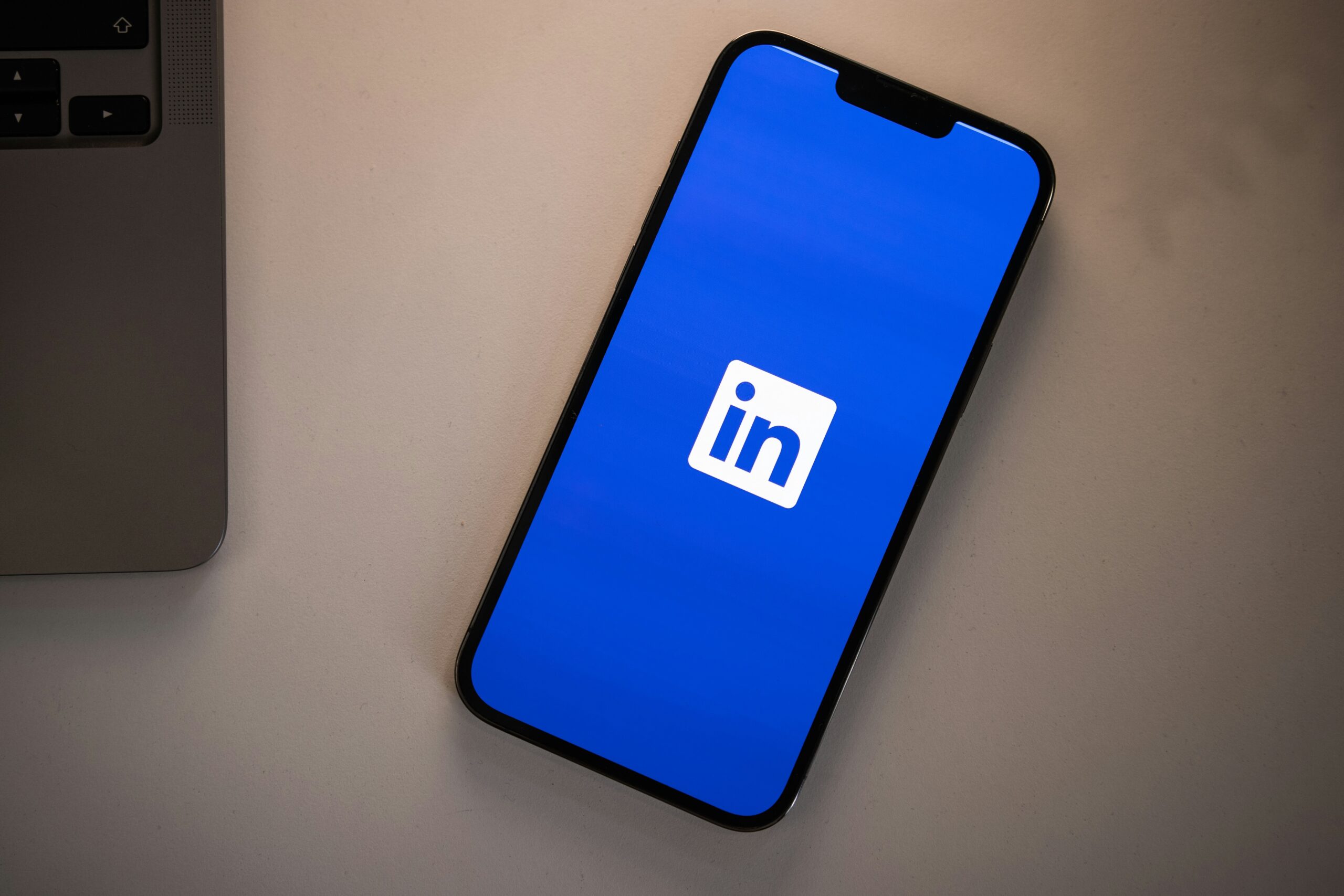In 2025, your LinkedIn profile is more than a digital résumé—it’s your personal billboard in the world’s largest professional networking platform. Whether you’re job hunting, building your personal brand, or just staying competitive, optimizing your LinkedIn profile can open doors you didn’t even know existed.
Here’s a step-by-step guide to optimizing your LinkedIn profile so it works for you—not against you.
Why optimizing your LinkedIn profile matters
Recruiters, potential employers, collaborators, and even journalists often use LinkedIn to find talent and expertise. If your profile isn’t fully optimized, you’re invisible to opportunity.
Optimized profiles are more likely to show up in LinkedIn searches, attract recruiter attention, and prompt meaningful connection requests.
1. Start with a professional profile photo
First impressions matter. A clean, friendly, high-resolution headshot gets up to 21 times more profile views and 36 times more messages.
Tips:
- Dress like you would for work or an interview
- Use good lighting and a neutral background
- Avoid filters or casual selfies
2. Craft a compelling headline
Your headline is more than just your job title. Use it to showcase your value proposition.
Bad: “Marketing Manager at Acme Corp”
Better: “Helping tech startups grow through data-driven digital marketing | 7+ years experience”
Use keywords that recruiters in your industry are searching for.
3. Write a strong summary (About section)
This is your elevator pitch. Tell your story in 3–5 short paragraphs.
Include:
- What you do and who you help
- A few career highlights or achievements
- Skills or values you’re known for
- A call to action (e.g., “Open to new opportunities” or “Let’s connect”)
Keep it professional but conversational. Avoid jargon.
4. Use a branded background image
Your background banner is prime real estate. Use it to reinforce your professional identity with an image that reflects your industry or niche. Tools like Canva offer free LinkedIn banner templates.
5. Fill out your work experience with results
Don’t just list your past roles—describe what you achieved.
Use bullet points to show:
- Key accomplishments
- Metrics or results (e.g., “Increased sales by 40%”)
- Skills you applied
- Tools or technologies used
Bonus: Add rich media (presentations, links, videos) to showcase your work.
6. List relevant skills—and get endorsed
LinkedIn lets you add up to 50 skills. Pick ones that match your career goals and get endorsements from peers and colleagues to boost credibility.
Pro tip: Prioritize your top 3 most marketable skills—they appear first.
7. Request recommendations
Social proof matters. A few thoughtful recommendations can set you apart from other candidates.
Ask former managers, coworkers, or clients to write short, honest testimonials that highlight your strengths.
8. Customize your LinkedIn URL
A custom URL looks clean and professional, especially on resumes or email signatures.
How to do it:
Go to your profile > “Edit public profile & URL” > create a short version like linkedin.com/in/johndoe
9. Stay active
An optimized profile isn’t enough—you need to use LinkedIn. Engage by:
- Sharing articles or industry news
- Commenting on posts
- Writing short updates or insights
- Connecting with people you meet professionally
Activity keeps your profile visible and shows that you’re current.
10. Make yourself searchable
Your profile needs to match what recruiters are searching for.
Tips:
- Use keywords in your headline, summary, and experience
- Turn on “Open to Work” with your job preferences
- Join relevant LinkedIn groups in your industry
Final thoughts
LinkedIn profile optimization isn’t just about landing your next job—it’s about building a digital presence that supports your long-term career goals. With a strong, searchable, and professional profile, you’ll show up in more searches, attract better connections, and position yourself for new opportunities—even when you’re not actively looking.

